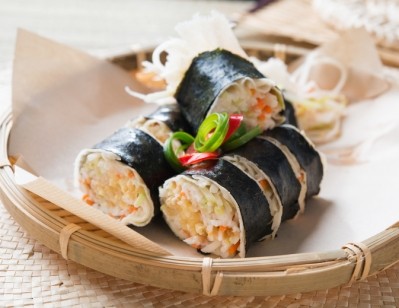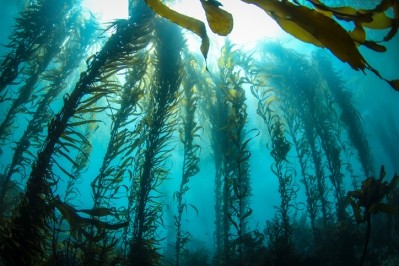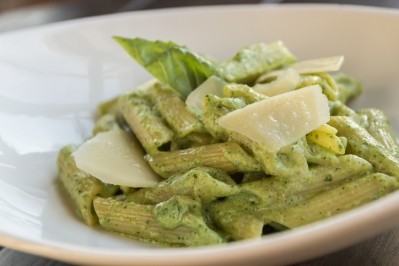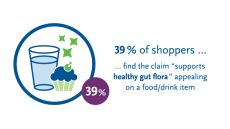Seaweed start-up dives for success as specialty ingredient
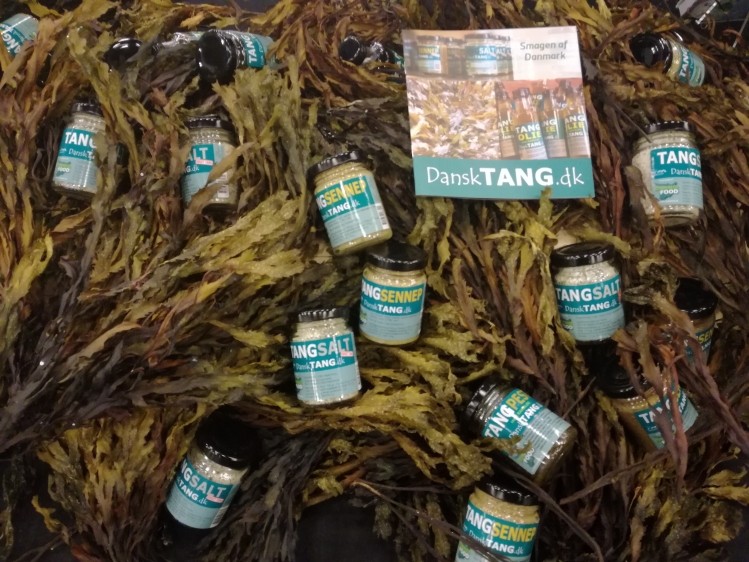
Dansk Tang's range of products includes seaweed pesto and mustard, grapeseed oil with seaweed, sea salt with seaweed and whole, dried seaweed.
It has recently launched a range of whole, dried seaweed including toothed wrack (Fucus Serratus), bladderwrack (Fucus vesiculosus) and seabelt (Saccharina latissimi) which sell for DKK40 (€5.38).
The company was founded by Claus Marcussen, who had worked in IT for 25 years previously, along with his son Simon Weber Marcussen and Rasmus Friis Sørensen.
The seaweed is harvested by divers, including Simon Weber Marcussen, who cut it by hand and leave the poles in place so the seaweed can grow back. It is then dried in the sun - when the Danish climate allows it - or machine dried in winter, which takes one day.
Dansk Tang’s seaweed is grown in the North Sea, around 100 metres from the coastline in order to ensure it is always submerged in water, regardless of the tides, and is not in direct sunlight for extended periods of time, which can negatively affect the taste.
The company is also in the process of developing a drying station that runs off surplus heat energy from industrial production in the Odsherred area in winter.
Dansk Tang has been running for just over six months but already retails in over 100 specialty stores around Denmark and is in talks with other retailers which should push up this number to 200 by the end of the year, Marcussen told FoodNavigator at Copenhagen Bite last week.
“There is a new interest in seaweed in Denmark. Most people eat sushi and so they already know of Asian seaweed but not Danish seaweed,” Marcussen said, adding that the popularity of seaweed in Asian food can only help the company by raising awareness of the ingredient.
Its nutrient content, high in both omega-3 and omega-6 fatty acids, are also helping to popularise the products. “Macro algae can contain between 10 and 20 times as many minerals as vegetables, and have the necessary trace elements we need, such as iron, magnesium, sodium and iodine,” the company said. “It makes macro algae an exciting food and an exciting spice in everyday life.”
